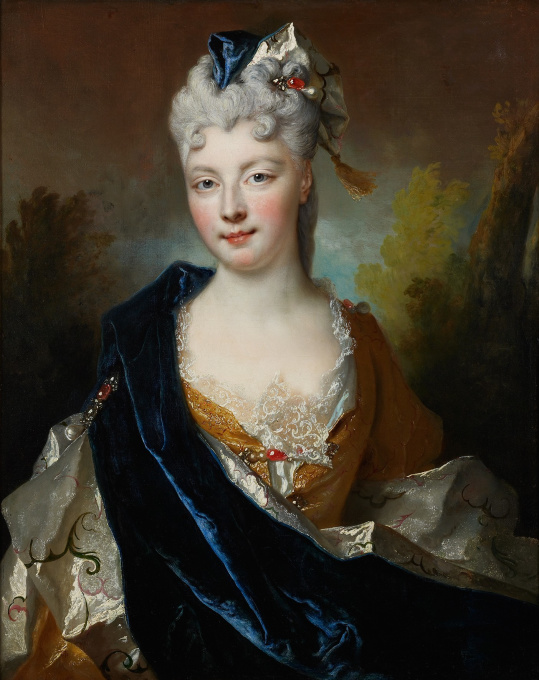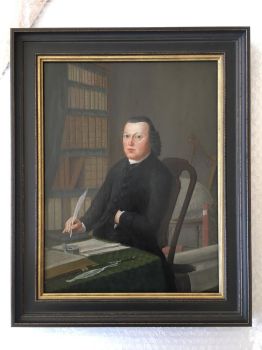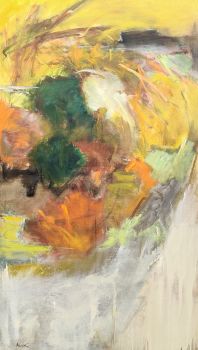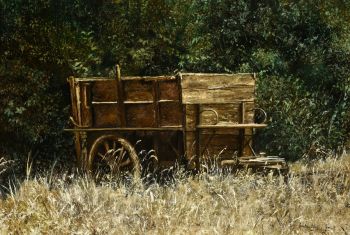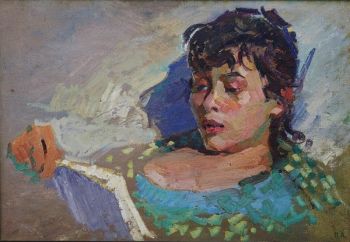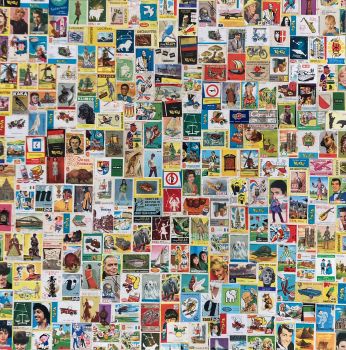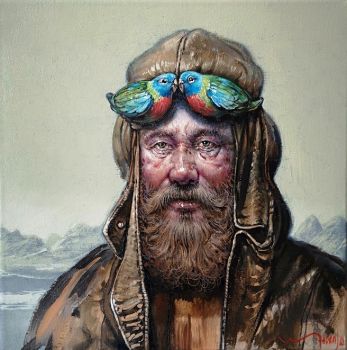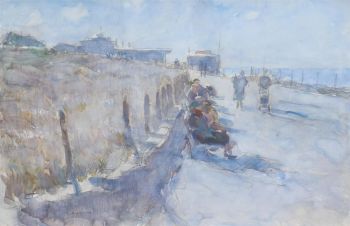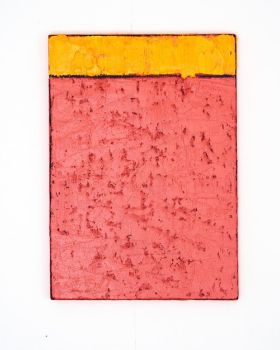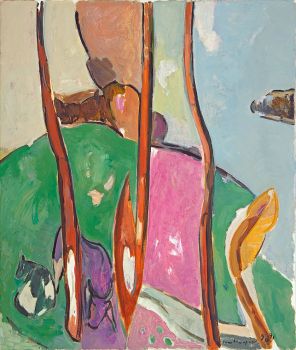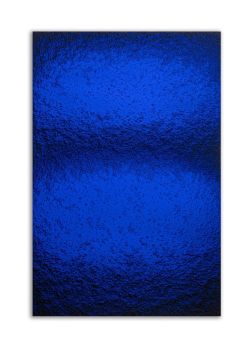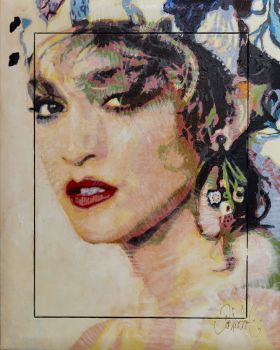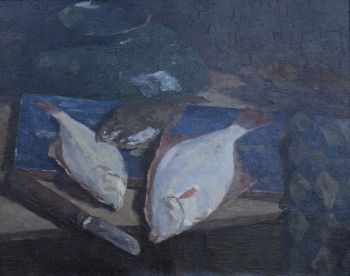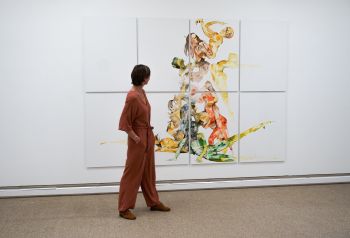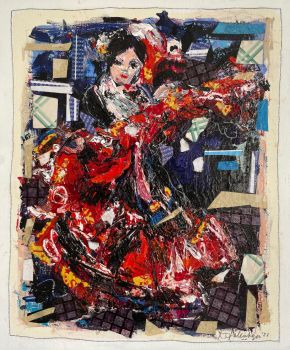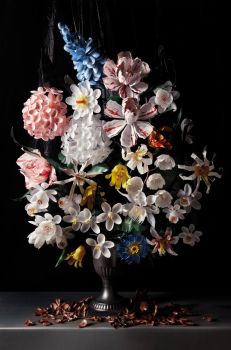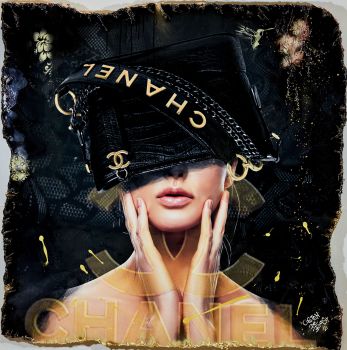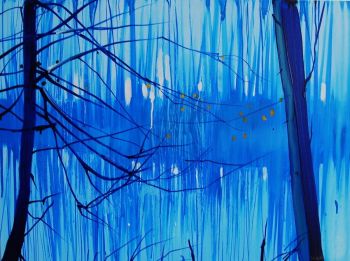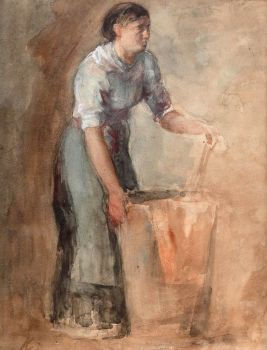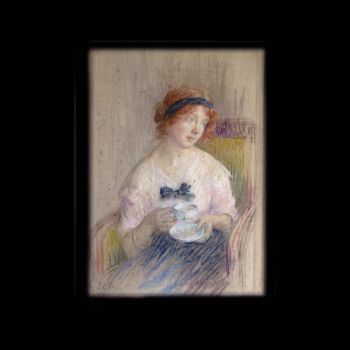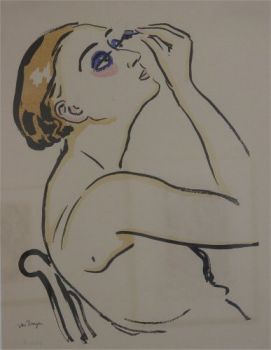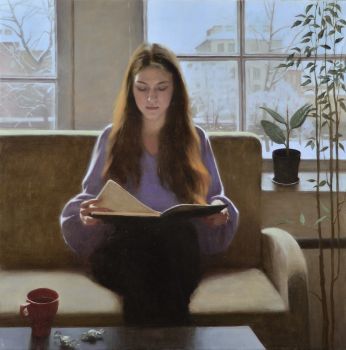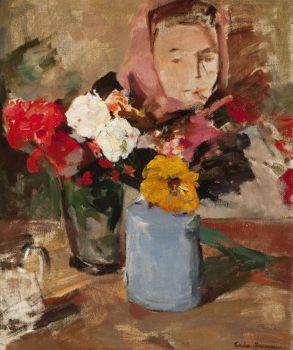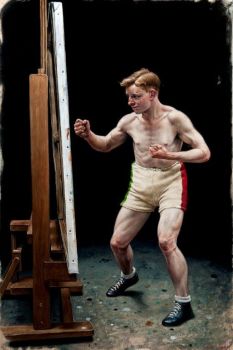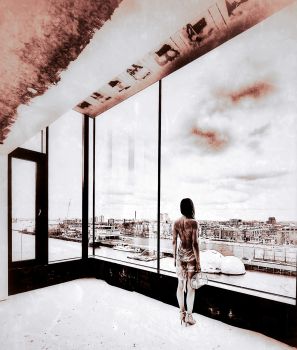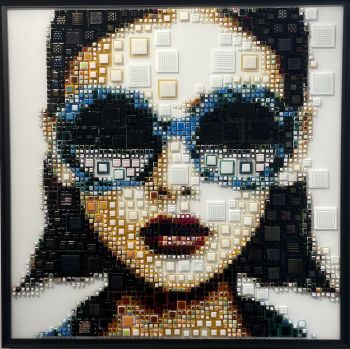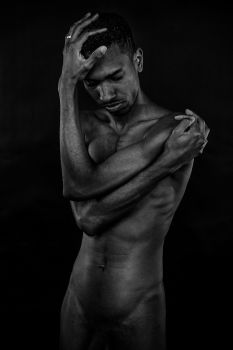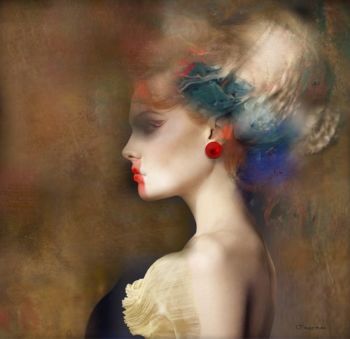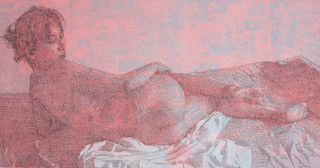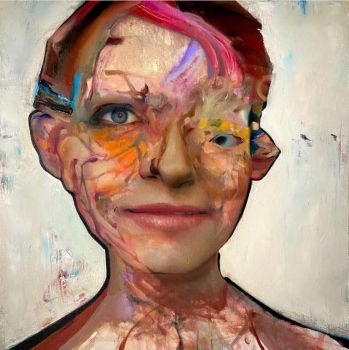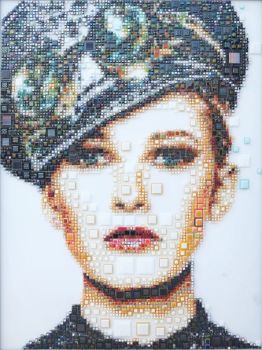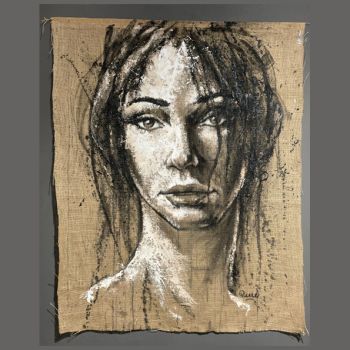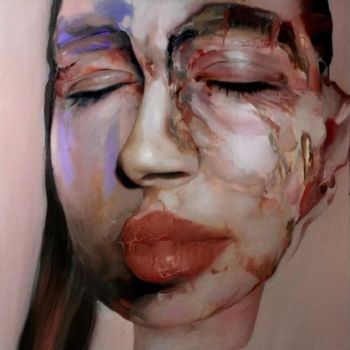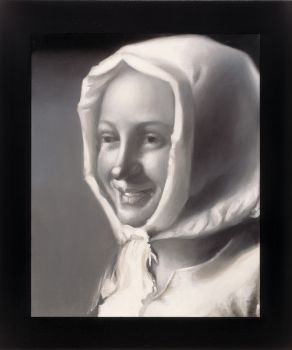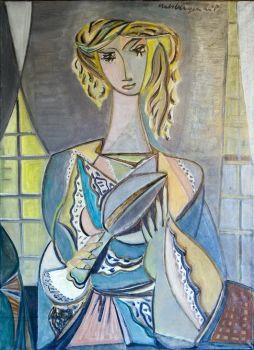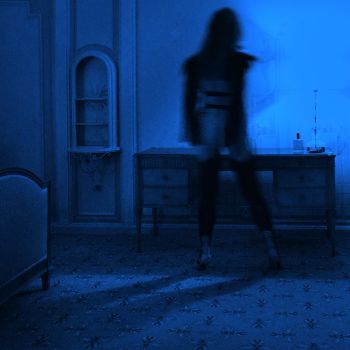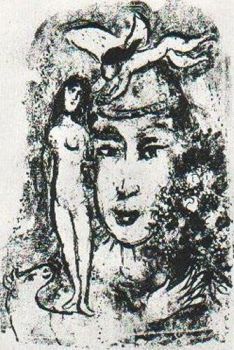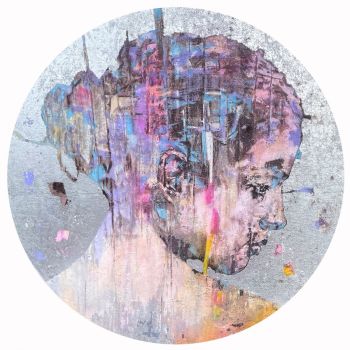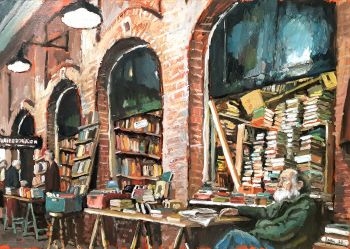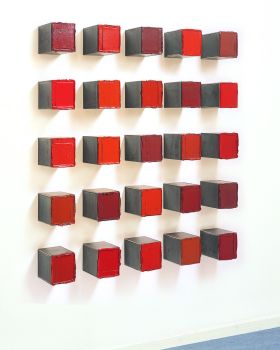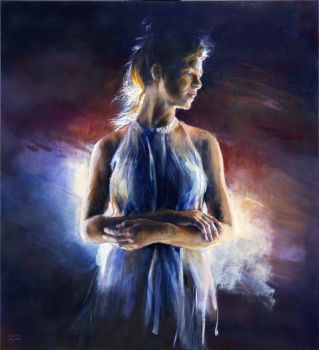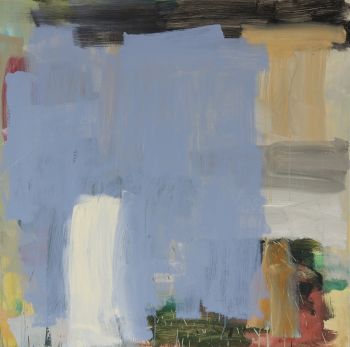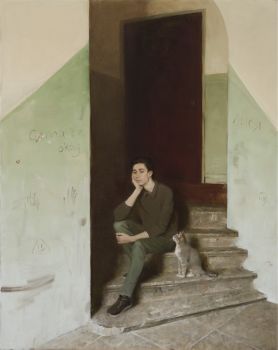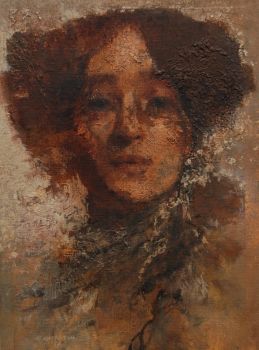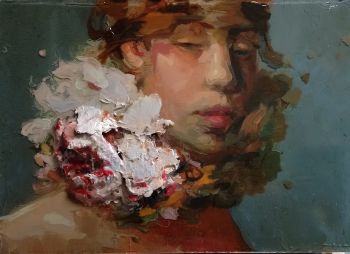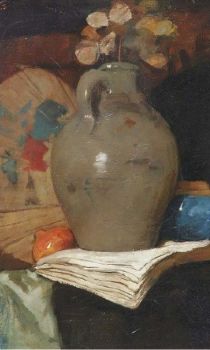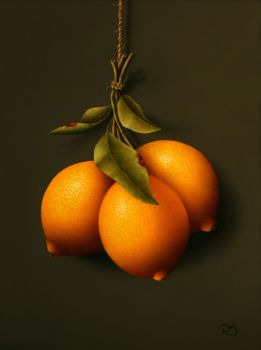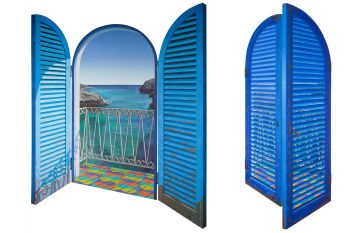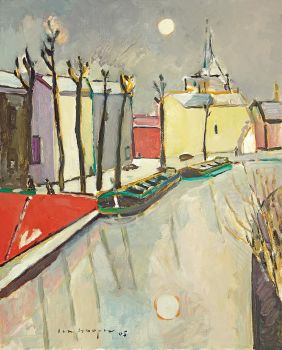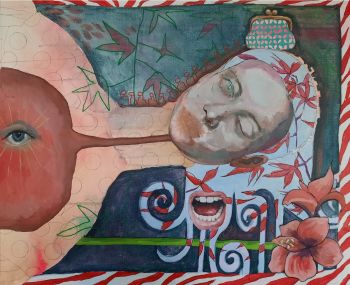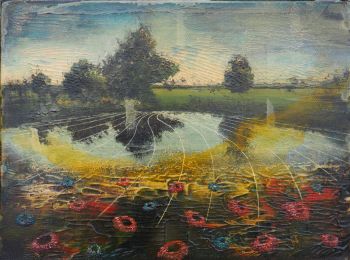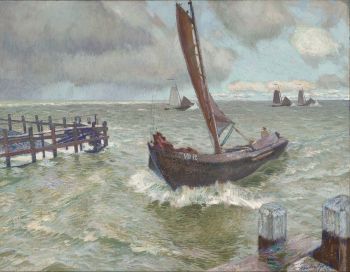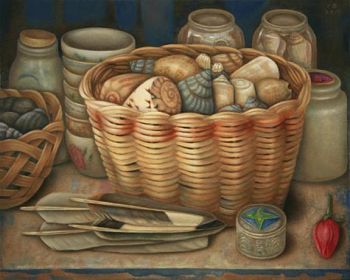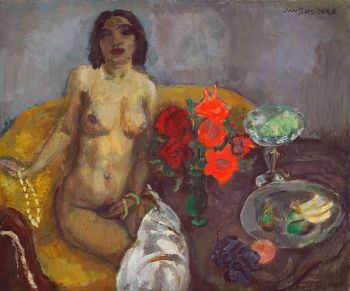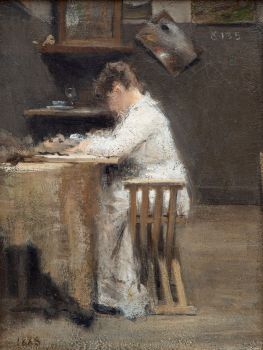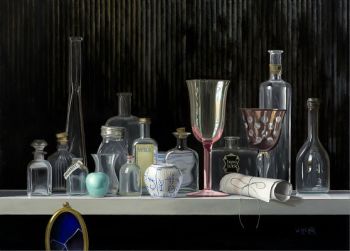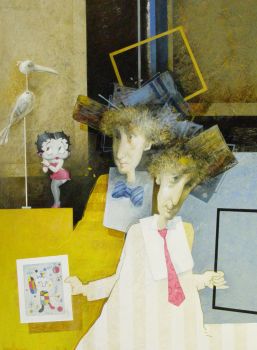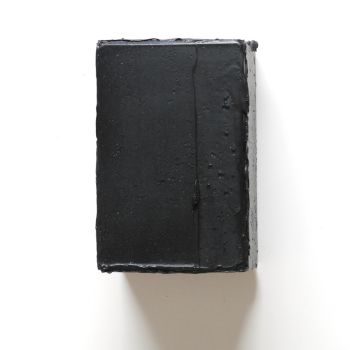A Charming Lady looks at us, dressed in Gown and Velvet Cloak 1714
Nicolas de Largillière
CanvasOil paintPaint
83 ⨯ 68 cm
Currently unavailable via Gallerease
- About the artworkA charming lady looks at us, dressed in a brocade gown and velvet cloak that is held together with a brooch.
The painter Nicolas de Largilliere (Paris 1656-1746) was the society painter of the eighteenth century. With his portraits he caught an image of the flourishing society under the reign of Louis XIV and XV. This picture is a typical example of a fashionable portrait of Larguilliere in the beginning of the early seventeenhundreds. We know from contracts that the price for a portrait like this, without depiction of the hands, the artist demanded 600 livres.
It is quite difficult though, to identify the ladies he painted, because he reduced and embellished the faces of his clients to satisfy their vanity. This approach of portrayal was a common practice of the era. The famous art critic Roger de Piles ascertained in ‘Cour de Peinture par Principe’ that particularly women were less tolerant of realism when they were to be portrayed. (Cour de Peinture, 1706)
This painting is a characteristic work of the master in a compostion he repeatedly used during his career, with or without hands. It is even very well possible that the clothes worn on the painting were owned by the artist. They happen to appear on more than one occasian in the work of the artist, as can be seen on ladies portraits in the Rau collection, the Bayrische Gemäldesammlungen in Munich and in the Museum of Fine Arts in San Francisco in different arrangements. We also see similar tranquil backdrops here.
Largilliere regularly painted several versions of a portrait, as is the case here. Next to this copy of the hand of the master, another copy of his hand is to be seen in the Musee Cognacq-Jay in Paris. A third version, from the atelier of Largilliere, can be seen in the Mayer van den Bergh Museum in Antwerp.
The identity of the lady,
Although the painting has the name of Jeanne de Robais written on the back in an elegant handwriting, it is not at all certain the portrait is hers. Repeated surveys to identify the elegant lady have failed to date. If she is Jeanne de Robais, she is the daughter of Isaac de Robais, a fabulously rich manufacturer from Abbeville. Isaac’s son Abraham was portrayed by Perroneau in 1767 in pastel. (portrait d’Abraham de Robais, 1767 Musee du Louvre R.F. 4146)
The version in the Musée Cognacq-Jay in Paris traditionaly is called portrait of Madame la Duchesse de Beaufort. She was of English nobility and portrayed during her stay in Paris. Little more of her is known. The atelier version of the painting in the Mayer van den Bergh Museum was obtained from the mayor of Oudenbosch, J.B. Klyn, in 1898. It is said that it concerns a ancestral portrait from a family of French nobility that fled France in 1795. - About the artistThe painter Nicolas de Largilliere (Paris 1656-1746) was the society painter of the eighteenth century. With his portraits he caught an image of the flourishing society under the reign of Louis XIV and XV.
It is quite difficult though, to identify the ladies he painted, because he reduced and embellished the faces of his clients to satisfy their vanity. This approach of portrayal was a common practice of the era. The famous art critic Roger de Piles ascertained in ‘Cour de Peinture par Principe’ that particularly women were less tolerant of realism when they were to be portrayed. (Cour de Peinture, 1706)
Nicolas de Largillière once told a friend that he never wanted official commissions; private clients were less troublesome, and payment was quicker. Unlike his friend court painter Hyacinthe Rigaud, Largillière worked for Paris's wealthy middle class. He grew up in Antwerp, then worked in England as Sir Peter Lely's assistant, painting draperies and still lifes and developing a lustrous version of Anthony van Dyck's style. This Flemish training imparted the warm hues, broad, thick brushstrokes, and sinuous curves that gave Largillière's paintings their dynamism. He returned to Paris in 1682, gained Académie Royale membership in 1686, and ultimately became its director.
By the late 1680s, Largillière had established his reputation among the bourgeoisie. He produced 1,200 to 1,500 portraits in his lifetime, gradually becoming less formal and more relaxed in describing pose and costume. He also painted group portraits to commemorate solemn occasions, landscapes, still lifes, and religious works. When Largillière ordered his student Jean-Baptiste Oudry to depict a bouquet of all-white flowers, Oudry reported learning a basic lesson in color. By carefully observing their subtle variations and then trying to paint them, Oudry came to understand how to express highlights, shades of gray, and shadows as his teacher Largillière did.
Artwork details
Category
Subject
Style
Material & Technique
Colour
Related artworks
Dutch School
Arrival of a Dutch East Indiaman in the Table Bay18th century
Price on requestZebregs & Röell - Fine Art - Antiques
1 - 4 / 24- 1 - 4 / 24
Cornelis Rudolf Hendrik Spoor
STILLEVEN | JUDASPENNING IN EEN VAAS1867 - 1928
Price on requestGalerie Het Noorderlicht
1 - 4 / 24

